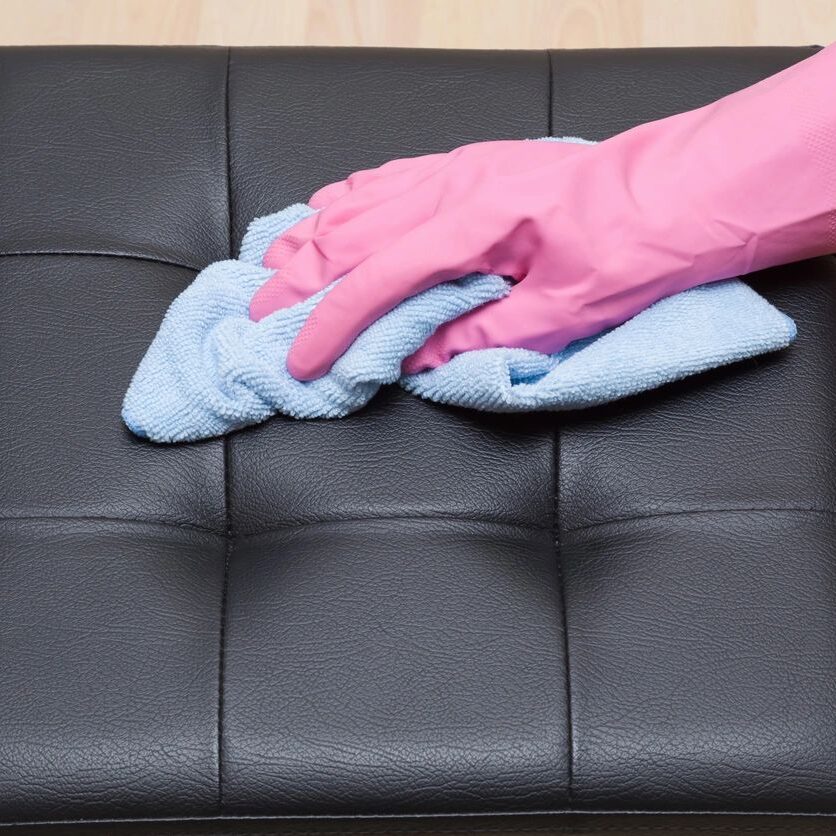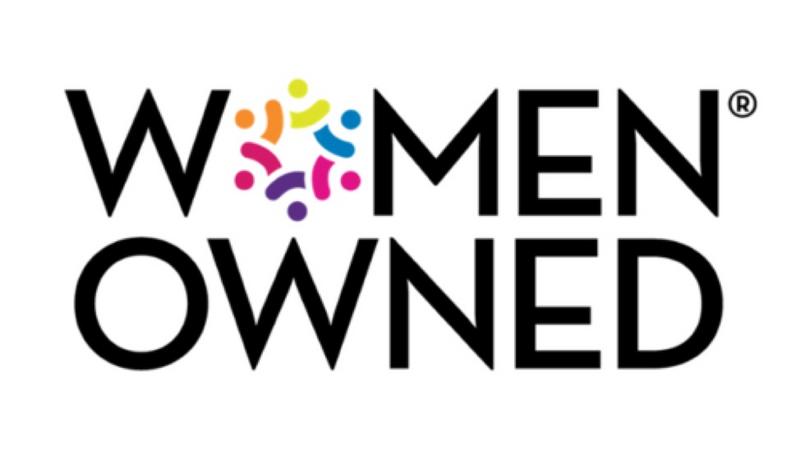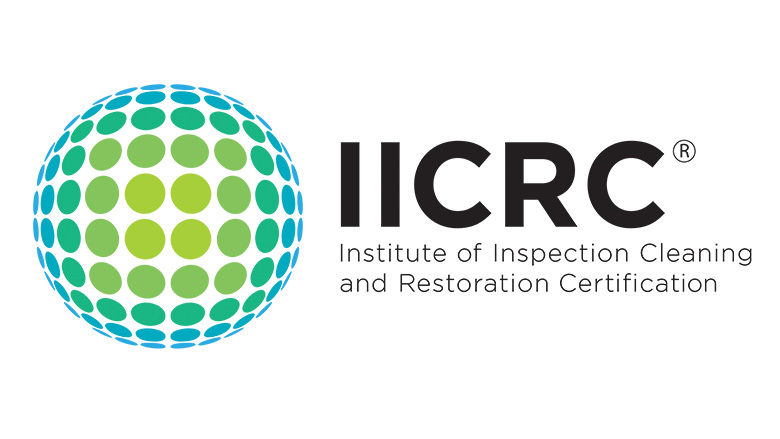Cleaning Success: Color-Coding
With recent health-risk events occurring in society and on a global scale, cleaning has become a highly valued priority for all facilities. Proper cleaning, for the most part, requires proper chemicals, procedures and technique. However, it also requires proper preparation. A great way to prepare for successful cleaning is through color-coding.
Color-coding is the act of assigning specific colors of materials to specific areas. For example, one could use orange microfiber towels just for kitchen/cafeteria spaces alone. Or, perhaps, gray towels for just glass surfaces. The very idea is simple: one color for one area/surface type.
But before we get into the importance of color-coding, let’s back track to another important complementary successful cleaning tip: using microfiber.
Why Microfiber?
Microfiber wipes are made from polyester and polyamide, a nylon by-product. Polyester does the scrubbing and polyamide provides remarkable absorbency. Cleaning with microfiber requires less chemical and less water than traditional towels and wipes. Although they can be laundered, much like microfiber mop heads, they must be treated differently to get full life from the investment. This specific material requires specific instructions for care.
General Guidelines for Microfiber Care:
- Do not mix with other fibers such as cotton
- Do not use bleach or other harsh chemicals
- Do not use extremely hot water
- Do not use fabric softener liquid or drying sheets
- Do not use a hot dryer
All of the aforementioned practices can damage the fibers, thereby reducing their effectiveness and life.
The Importance of Color-Coding
Coding by the color of the fiber or the headband can help you identify which mop heads are associated with specific cleaning tasks. Color coding minimizes cross-contamination when a variety of chemicals or cleaning solutions are used.
For example, a custodian mopping with harsh stripping solution would not want to use the same mop later for a beverage spill. Residue from the stripping solution might damage the finished floor where the spill occurred. Instead, one color of mop could be designated for stripping and a different color could be used for spills or routine cleaning. The colors will denote what cleaning products may be in the mop head.
Materials used for cleaning restrooms/shower rooms should be dedicated for use solely in those areas and never used in a different part of a facility. When possible, materials such as mops, wipers, etc., should be color-coded with a specific color for restrooms/shower rooms. This will help avoid cross-contamination and minimize the spread of soils and germs typically found in restrooms/shower rooms to other parts of a facility.
Color coding can also be used to identify mops and other materials from areas that are under different administrative or budgetary controls. If your budget does not allow for purchasing different colored mops then consider purchasing similar colored tapes that can be wrapped on the handle indicating its use. The key is to train all workers to understand and use the designated colors to avoid accidents and unnecessary finish damage.







